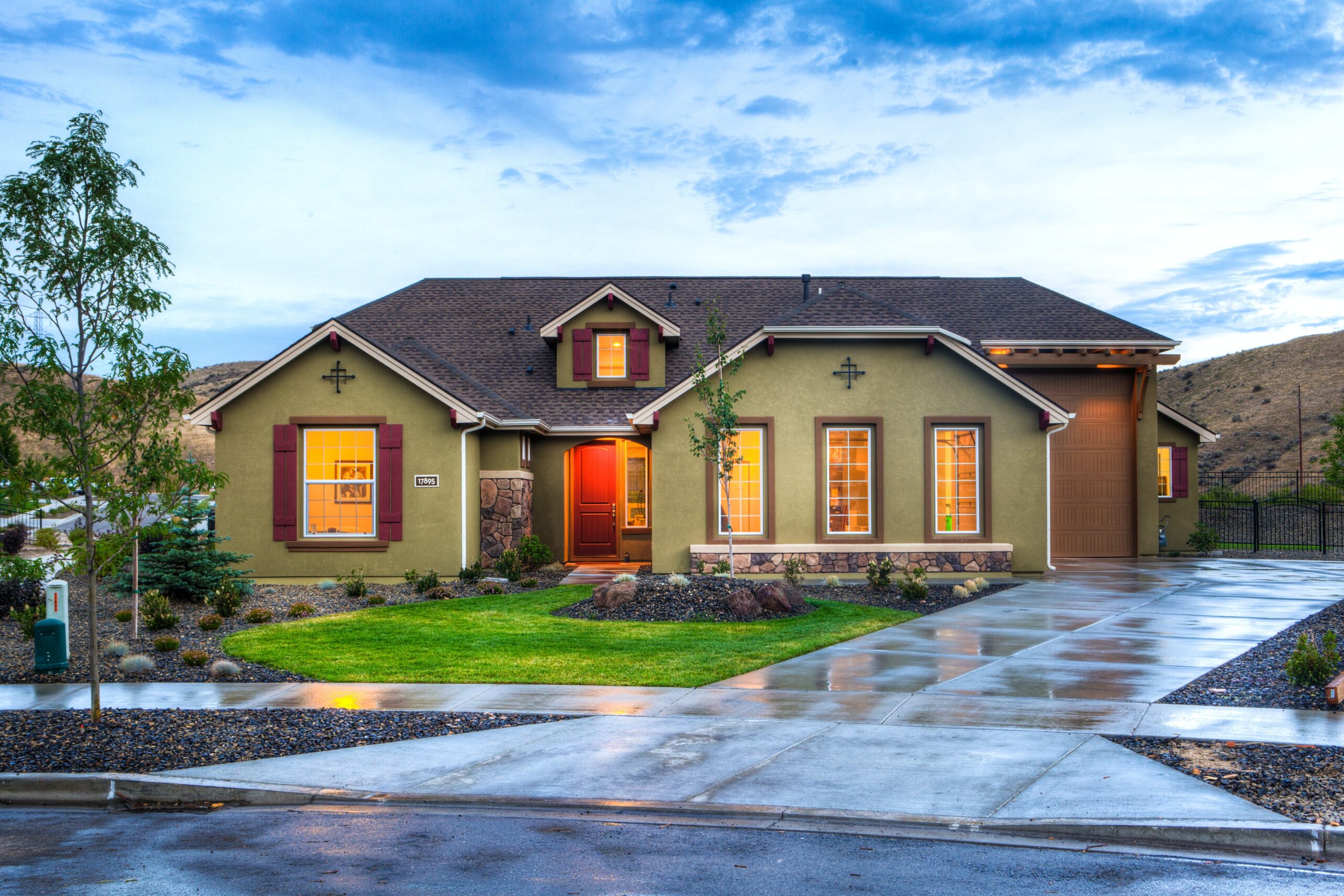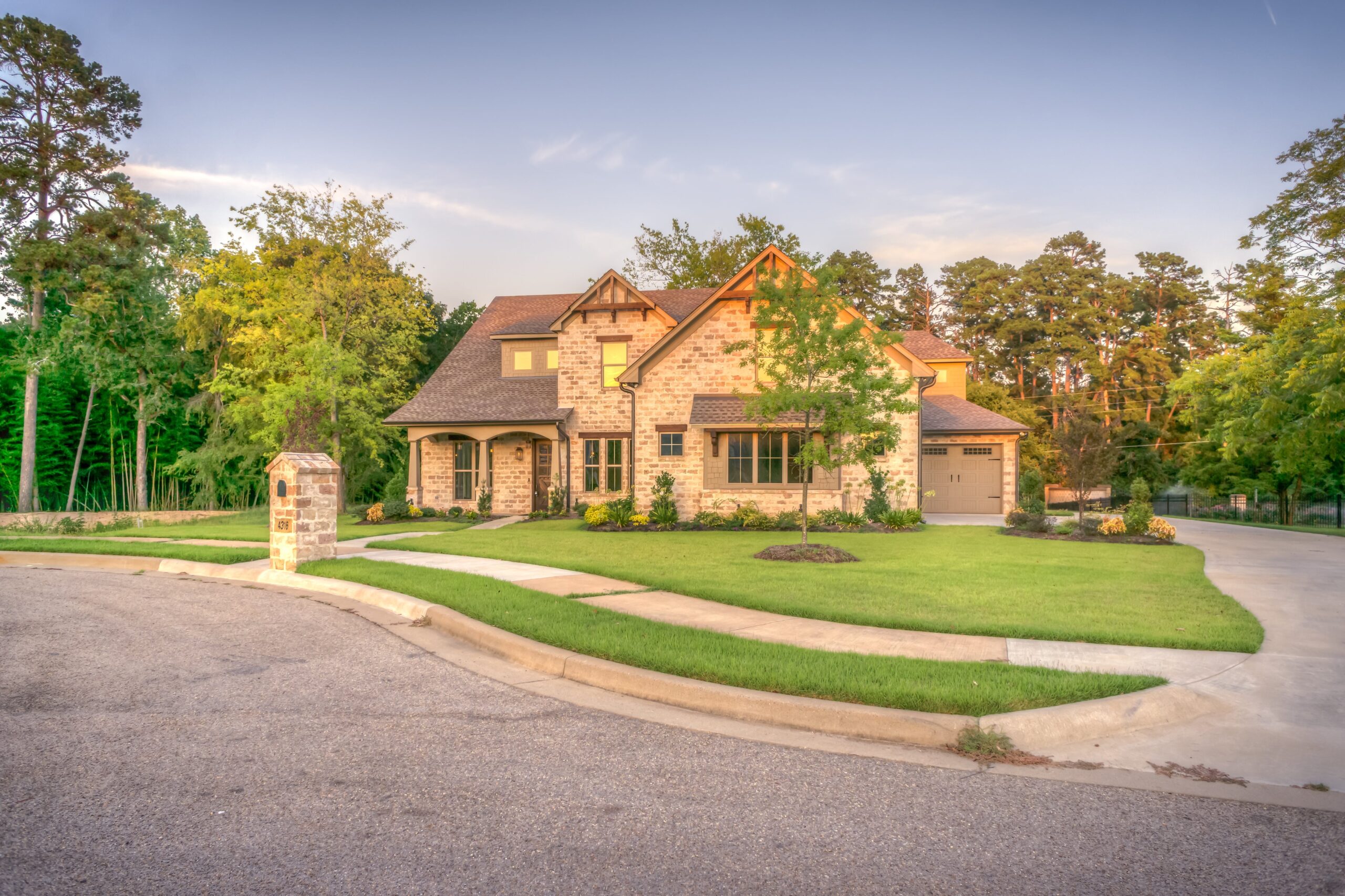Harsh weather conditions can pose significant risks to homes, demanding homeowners take proactive steps for protection. Cities like Memphis, known for their erratic weather patterns, especially during spring, exemplify the importance of such measures. In Memphis, spring ushers in the wettest season, with an average of 25 rainy days between March and May. This period also witnesses some of the most extreme weather conditions, with temperatures swinging from a chilly 44°F in early March to a warm 81°F by May. These fluctuations, coupled with frequent rains, can wreak havoc on houses, emphasizing the need for robust weatherproofing strategies. This article outlines five essential steps homeowners can take to safeguard their homes against such unpredictable and harsh weather conditions.
1. Roof Repair and Maintenance
Regular Inspections
The roof, your home’s first line of defense against the elements, requires regular inspections, particularly in a weather-intensive area like Memphis. Seasonal checks can reveal common issues such as loose or damaged shingles, clogged gutters, or wear and tear around chimneys and vents. Early identification of these problems can prevent more significant issues like leaks or structural damage during heavy rains or wind.
Professional Roof Repairs
For any identified roof issues, enlisting the services of a reputable roofing company in Memphis is crucial. Professional roofers can accurately assess the damage and perform necessary repairs or maintenance. Their expertise ensures that repairs are carried out effectively, using the right materials and techniques. It not only extends the life of your roof but also enhances your home’s ability to withstand harsh weather conditions.
Weatherproofing Measures
Beyond repairs, weatherproofing your roof is vital, which might include ensuring proper shingle installation, cleaning and securing gutters, and applying protective sealants. These measures help maintain the integrity of the roof, preventing water seepage and mitigating damage from storms or heavy rains.
2. Reinforcing Windows and Doors
Storm-Proofing Windows
Windows are particularly vulnerable during harsh weather. Storm-proofing your windows is essential to protect your home from wind, rain, and debris, and this can include installing storm shutters or impact-resistant glass. Another effective solution is weather stripping, which seals gaps and prevents water from entering.
Securing Doors
Just like windows, doors need to be reinforced to withstand harsh weather. This reinforcement includes installing strong, weather-resistant doors, particularly for exterior ones. Adding weather stripping or door sweeps can also improve their ability to block out wind and rain, ensuring that your home remains dry and secure.
Regular Maintenance Checks
Regular maintenance of windows and doors is essential for their longevity and effectiveness in protecting your home. Check for any signs of wear and tear, such as cracks, loose frames, or deteriorating seals, and address these promptly. Keeping these entry points in good condition is key to weatherproofing your home.
3. Landscaping and Yard Maintenance
Securing Loose Objects
Objects in your yard can turn into projectiles during strong winds, posing a risk to your home and others. Before harsh weather hits, secure or store items such as patio furniture, gardening tools, and decorations. Anchor larger objects, like grills or storage sheds that cannot be moved indoors.
Proper Tree Care
Trees can be a hazard during storms if not properly maintained. Regular trimming reduces the risk of branches breaking and causing damage. It’s also important to inspect trees for signs of disease or weakness, as these can make them more likely to fall in extreme weather.
Drainage Solutions
Effective drainage is crucial in preventing water accumulation around your house, especially during heavy rains. Ensure your yard slopes away from the house to facilitate water runoff. Clean out gutters and downspouts regularly, and consider installing additional drainage solutions like French drains or sump pumps if necessary. Proper yard drainage can prevent flooding and water damage to your home’s foundation and structure.
4. Foundation and Exterior Wall Protection
Checking and Sealing Cracks
The foundation and exterior walls of your home are fundamental to its structural integrity, especially in adverse weather conditions. Regularly inspect these areas for any cracks or gaps. Even small fissures can allow water to seep in, potentially causing significant damage over time. Use appropriate sealants to repair these cracks, ensuring they are waterproof and durable. This preventive maintenance is particularly vital in areas prone to heavy rains or fluctuating temperatures, as it prevents water damage and insulates your home more effectively.
Waterproofing the Foundation
In addition to sealing cracks, consider waterproofing your home’s foundation. It involves applying waterproof coatings or membranes, which provide an additional layer of protection against moisture. Proper landscaping that directs water away from the foundation is also crucial. Ensure that your property is graded so that water flows away from the house, reducing the risk of water pooling and seeping into the foundation.
Siding and Paint Considerations
The siding and exterior paint of your home not only contribute to its aesthetic appeal but also its protection against harsh weather. Opt for high-quality, weather-resistant siding materials that can withstand wind, rain, and temperature changes. Similarly, choose exterior paint that is designed to endure tough weather conditions. Look for paint with waterproof and UV-resistant properties to ensure it maintains its appearance and protective qualities over time.
5. Installing a Reliable Sump Pump
Importance in Flood Prevention
In areas prone to heavy rainfall or flooding, a sump pump is an invaluable addition to your home. Sump pumps are designed to remove water that has accumulated in a sump basin, typically found in the basement of homes. By actively pumping out water, they prevent basement flooding, which can cause extensive damage to your home and create a breeding ground for mold and mildew.
Choosing the Right Sump Pump
Selecting the right sump pump for your home is crucial. Consider factors like the size of your basement, the typical water volume, and the pump’s capacity. There are different types of sump pumps, including submersible and pedestal models, each suited to different situations. Consulting with a professional can help you determine the best option for your needs.
Regular Maintenance
Regular maintenance is key to ensuring your sump pump functions effectively when you need it most. It includes periodically checking the pump and its components, such as the float switch and discharge pipe, for proper operation. During seasons with heavy rainfall, inspect and test the pump more frequently to ensure it is ready to handle increased water levels.
Conclusion
Protecting your house from harsh weather involves a combination of regular maintenance, strategic upgrades, and preparedness. From reinforcing the foundation and installing a reliable sump pump to preparing an emergency kit and plan, these measures collectively ensure your home is well-equipped to withstand challenging weather conditions. Proactive steps not only safeguard your property but also provide peace of mind, knowing that you and your home are prepared for whatever the weather may bring.


